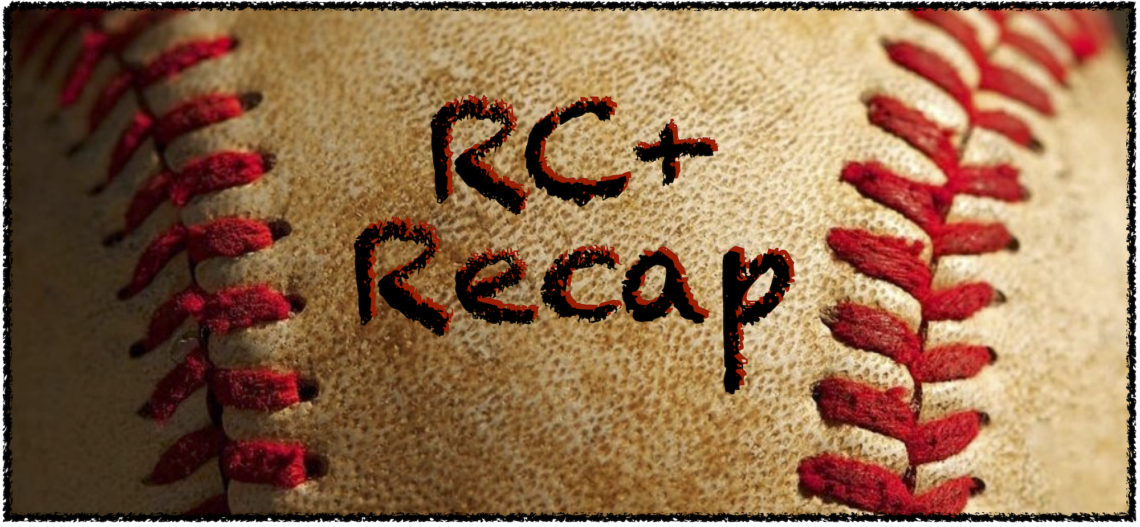
This was was just about over as soon as it began. Tyler Mahle faced 11 batters and gave up six runs in the first inning as the Reds fell 9-2 to the Brewers on Wednesday night. The win clinched a playoff spot for the Brewers and — in a bright spot — officially eliminated the Cubs (and Mets) from contention.
Mahle’s start exemplified what he still needs to work on heading into next season. Although Mahle has made encouraging strides in 2019, as Nick Carrington discussed recently, secondary pitches are his clear weakness. Mahle has elite fastball command, but when his splitter and curveball aren’t sharp, he tends to shy away from them and hitters sit on the heater.
After retiring the first batter of the game, Mahle got into trouble with back-to-back walks. In the first to Yasmani Grandal, Mahle tried to be too fine, nibbled a bit, and didn’t get favorable calls from the home-plate umpire. On the next walk to Mike Moustakas, Mahle was at one point ahead 1-2. But he couldn’t get Moustakas to bite on curveballs that weren’t close to the strike zone and missed the corner with another fastball on 3-2.
Following a bloop single to load the bases, Ryan Braun promptly unloaded them for a grand slam on a high fastball. The location wasn’t terrible, but Braun presumably guessed fastball and was all over it. Mahle tried mixing his curveball back in to the next batter, Eric Thames, and hung it over the plate. Thames crushed the pitch for another dinger. Just like that, it was 5-0.
Mahle lasted only 2.1 innings, allowing seven runs, three homers, seven hits, and three walks against only one strikeout. He ends the season with an ugly ERA (5.34) and a FIP (4.80) that’s not much better. The xFIP (4.06), which puts pitchers on a neutral scale in terms of HR/FB, is more promising. The mission, however, is clear if Mahle wants to keep the No. 5 spot in next year’s rotation: keep improving the secondary pitches, particularly the curveball.
Before tonight’s start, Mahle’s splitter actually had a strong .229 xwOBA (league average: .245) despite lackluster swinging-strike (16.7%) and whiff (27.1%) rates. The curveball had a terrible .319 xwOBA (league average: .270), a poor 11.1% swinging strike rate (12.3%) and 26.5% whiff rate (30.9%).
In better news, Eugenio Suarez went deep for the 49th time this season in the first inning to break the NL record for homers by a third baseman in a season. Alex Rodriguez holds the major league record with 52, which is also the Reds team home run record. Tucker Barnhart hit a pair of doubles. Beyond that, another snoozefest for the offense.
Keury Mella threw well in relief in just his second appearance since he was recalled from Triple-A on Sept. 3. The former top-10 prospect allowed a double to the first hitter he faced but retired the next eight Brewers and struck out four. Mella is potentially pitching for his life in the Reds organization, as he’s out of options and wasn’t particularly impressive in Louisville this season.
Sal Romano was again unspectacular, allowing a run, two hits, and two walks in two innings. He’s another possible DFA candidate next spring. Jimmy Herget finished the game with two shutout innings.
Reds Most Valuable Players
- Tucker Barnhart: .068 WPA (Win Probability Added)
- Eugenio Suarez: .043 WPA
- Keury Mella: .003 WPA
Reds Least Valuable Players
- Tyler Mahle: -.438 WPA
- Jose Iglesias: -.052 WPA
- Phillip Ervin: -.040 WPA
Play of the Game
- Eugenio Suarez: .037 WPA | Solo home run in 1st inning
Links
[Statcast/Trackman was seemingly down in Great American Ball Park tonight, so no velocity data in this recap.]


